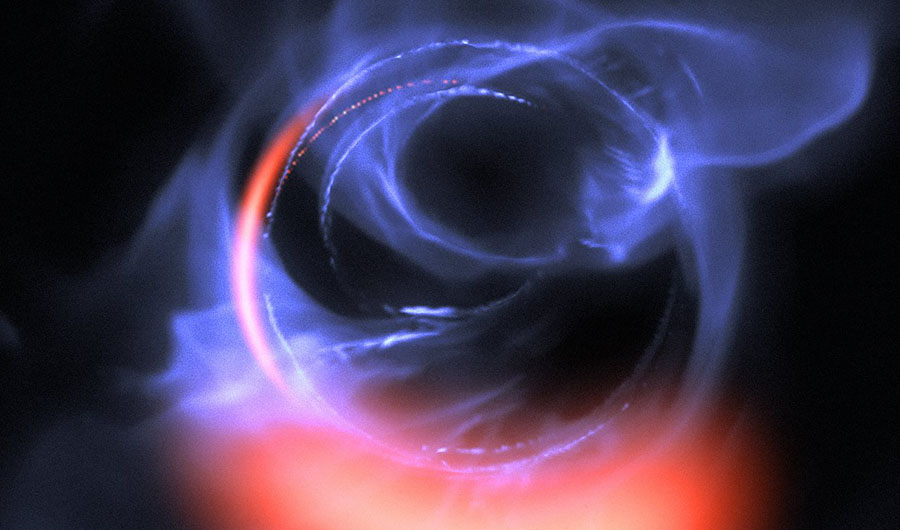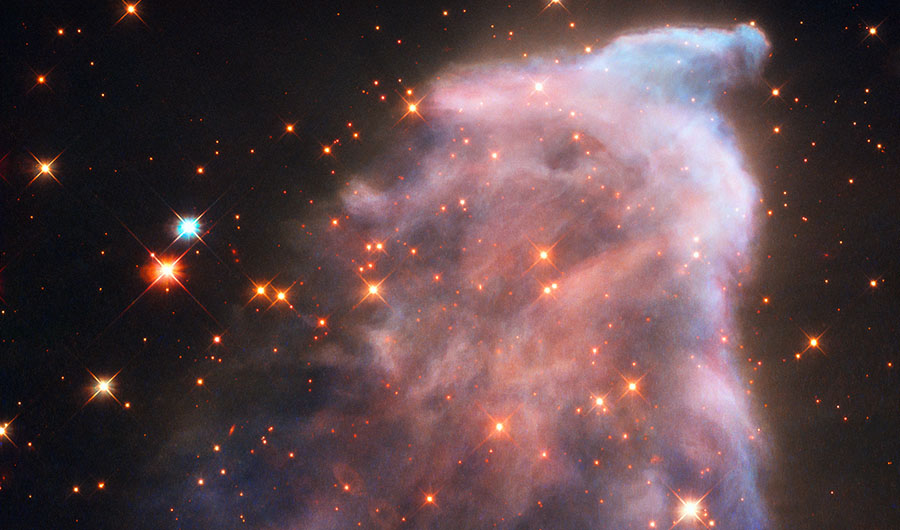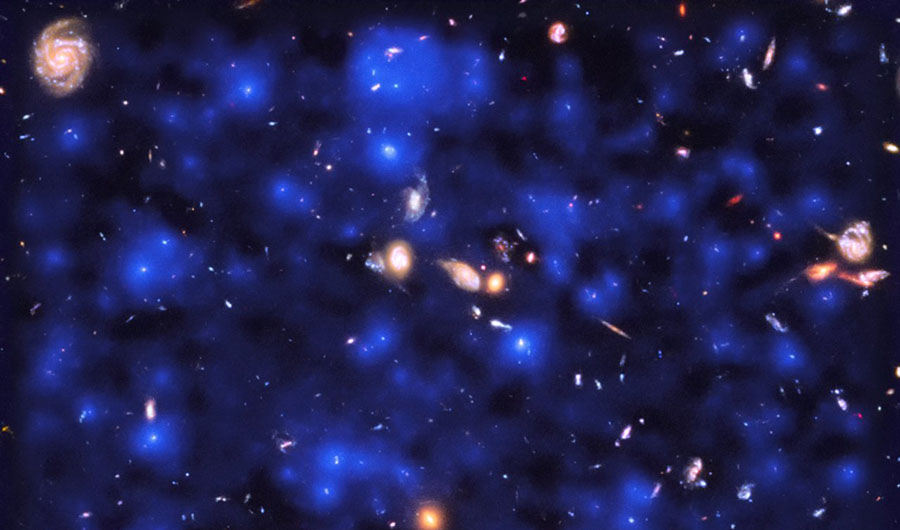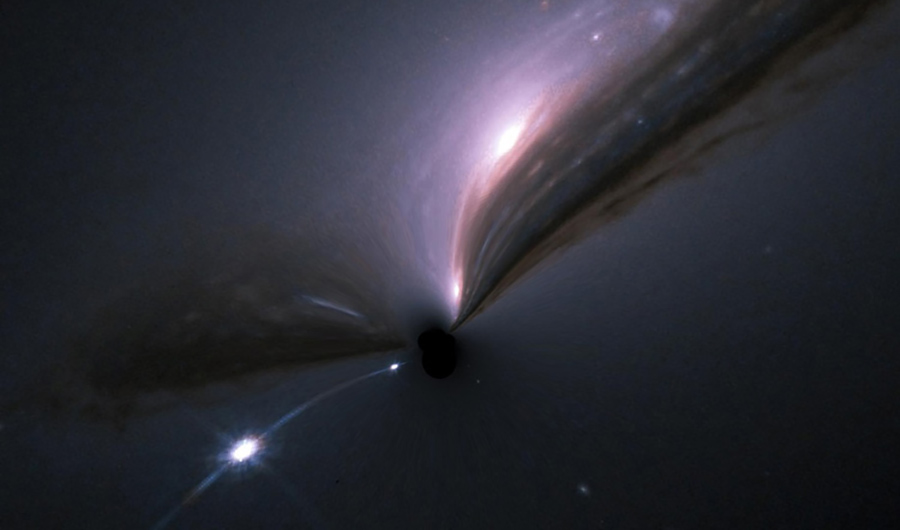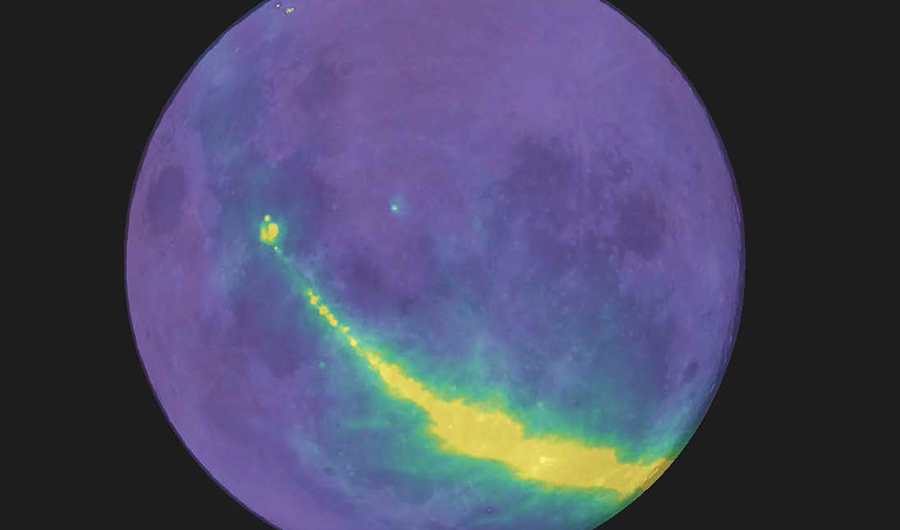October's Spellbinding Space Pictures
Images of far away, misty nebulas and lurking black holes haunt us this month.
Image
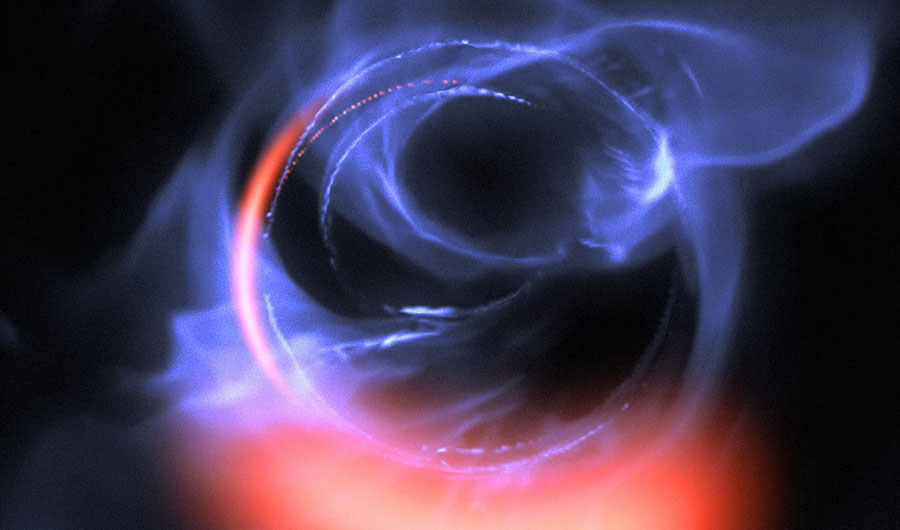
A simulation of ghostly gases swirling around a black hole.
Media credits
(Inside Science) -- In its vast blackness, space holds glittering stars and a rich diversity of alien worlds, but it can hold more mysterious wonders as well. There are nebulas that resemble apparitions, black holes of terrifying depth, and the ghostly remnants of the early universe spread across time and space. This Halloween, enjoy a parade of spellbinding images that may haunt and captivate you.
Filed under

